From meats to cheeses to vegetables, it’s fun to add ingredients to make a delicious and visually appealing charcuterie plate. But what are the best crackers for a charcuterie board? Here are some appetizing ideas!

Charcuterie boards come in all shapes and sizes. You can have a traditional meat and cheese board, a brunch board, and even special holiday plates like a Thanksgiving charcuterie board.
But the common denominator is usually crackers. After all, you need something to put all of the other delicious food onto before you eat it!
Jump to:
What is a charcuterie board?
Traditional charcuterie boards are most commonly a collection of dried meats, along with cheeses, fruits, nuts, and crackers. All presented on a wooden cutting board or platter and usually served at get-togethers or in restaurants as appetizers.
Popular types of meats include various salamis, prosciutto, dried beef, or Spanish chorizo. The cheeses can range from hard to soft to crumbly. And the fruits and nuts can include everything from berries to olives and almonds to pecans.
But it’s the right crackers that can hold everything together. And hold the rest of the food so you and your guests can eat it!
Best crackers for charcuterie board
When choosing crackers for the perfect charcuterie board, it’s important to think about balance when it comes to both taste and different shapes.
You want a cracker that doesn’t overpower other flavors. And you want a variety of crackers that will fit well on your board without hogging it.
Additionally, you’ll need crackers that are sturdy enough to support other foods. But not so hard that your guests can’t easily bite into them.
Here’s a list of the best crackers to use in order to take your next charcuterie board to the next level.
1. Croccantini
These narrow, rectangular crackers have a mild flavor and a satisfying crunch, and they’re a great addition to any charcuterie board.
Translating to “crunchy little bites,” croccantini pack a satisfying crunch with just a hint of salt.
The shape lets you place a lot of them on your board without taking up too much space. And it allows for more delicious food to be added on top of them.

They also can be excellent palette cleansers on their own if you’re serving your charcuterie board with different types of wine.
2. Water crackers
A charcuterie board staple, water crackers with just a touch of sea salt are an ideal, crunchy complement to meats and cheeses.

The muted flavor of this plain cracker means it can go with just about any kind of charcuterie board food — and they let the other foods shine. Plus, their airy, delicate texture won’t fill your guests up.
To offset their relative blandness, try water crackers with foods that have a strong flavor. These include tangier cheeses like blue cheese, feta, sharp cheddar cheese, and Beemster. They also work well with spicier meats like Spanish chorizo and Genoa salami.
3. Crostini
More sturdy than the other crackers on this list, crostini are actually pieces of bread that have been brushed with olive oil and then toasted.
The thickness of crostini means it can handle several toppings at once. And the olive oil adds a bit of flavor that complements most dried meats, mild and sharp cheeses, savory dips, and of course olives.
Crispy crostini can work well with softer cheeses like Brie or Chèvre (types of creamy goat cheese), as they create a nice textural contrast.

Also pile on foods like red peppers, radishes, and sliced cherry tomatoes for a tasty veggie bite.
4. Herb crackers
If you’re looking for a bit more built-in flavor, add some herbed crackers to your charcuterie board.
Also called artisan crackers, they’re made in a variety of styles. You can find them with additions like rosemary, garlic, sunflower seeds, sesame seeds, and even fruits like figs baked right in. These extra and sometimes aromatic flavors add depth to your boards and complement popular charcuterie meats and cheeses.
These crunchy crackers also go great with just a savory dip like spinach artichoke or smoked salmon.
5. Nut-based crackers
Nut-based crackers are thin and round, and similar to water crackers, but they include bits of nuts baked into them. This produces some added crunchy texture and flavor.
Common nuts used in these crackers include almonds and pecans. And some artisanal kinds can include seeds like sesame or flax.
Even with those additions, the flavors aren’t overwhelming. So they’re a great way to highlight the rest of the items on your charcuterie board.
The slight nutty flavors complement both savory and sweet foods. Try them with combinations like prosciutto and melon or brie cheese and strawberries.
6. Buttery crackers
Salty, buttery, and with a soft crunch, this classic cracker doesn’t fade into the background like some other options. Rather, it helps accentuate the rest of your charcuterie board.
These richer crackers can hold their own against similarly rich foods with bold flavors like certain hard and creamy cheeses and spicy, fattier meats.

For the ultimate bite, have a butter cracker with a slice of mortadella sausage and pecorino cheese.
7. Multigrain crackers
Typically made with enriched flour and added nutrients, multigrain crackers can be a healthier option than other types.

They often have deeper flavors and more texture than many other crackers, and they can pair well with various meats, a variety of cheeses, and most fresh fruit.
These crispy crackers will also complement saltier foods on your board like dried meats and some hard, aged cheeses.
8. Bread sticks
Ok, technically these aren’t crackers and you can’t really top them with slices of cheese and meat, but they can be a good choice for your next charcuterie board.
Sometimes, your guests may want a break from those heavier cheeses and cured meats, so a simple breadstick can be a nice, culinary break. Also, they’re perfect for dips or fruit sauces.

And they don’t need to take up much room. Simply place them in a tall glass, cup, or jar and save the rest of your board for your other foods.
FAQ
A cheese board or cheese tray is meant to feature various hard and soft cheeses, usually alongside crackers and fruit. A charcuterie board typically contains cheese, but it’s not the primary ingredient. Often, various types of dried meats are highlighted, such as salami, prosciutto, and cured chorizo. Cheese, crackers, fruit, and vegetables also are commonly included in charcuterie boards.
If you’re on a gluten-free diet, one of these crackers will make a great addition to your charcuterie board: Simple Mills almond flour crackers are gluten-free and vegan; Breton herb and garlic gluten-free crackers are made with lentil flour; and Good Thins gluten-free crackers feature rice flour as a main ingredient.
Variety is key to a great charcuterie board. Use different types of meats, cheeses, vegetables, fruits, and crackers to create a wide range of flavors. Also use contrasting colors, like brightly-colored fruit alongside lighter cheeses. And use small bowls to create separation and ease of use. This will help make food simpler to grab and prevent rounder ones like olives from rolling around the board. And don’t forget to add your favorite crackers.
More food answers
Get more answers to your food-related questions. Tap the posts below.
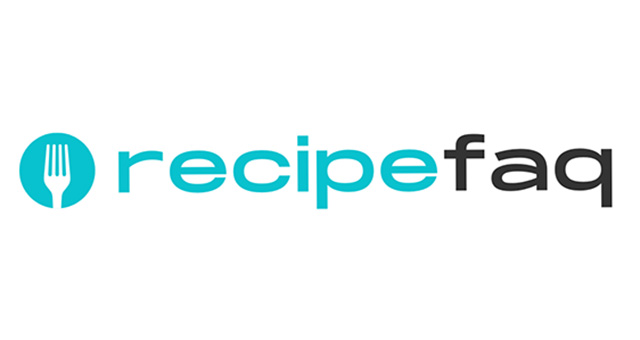

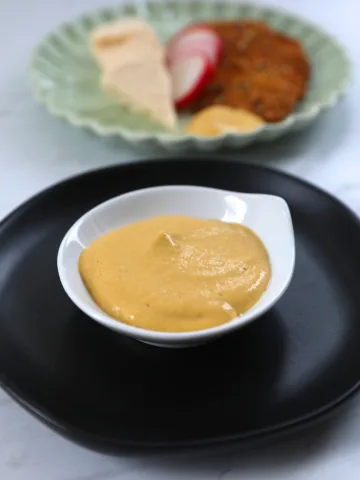
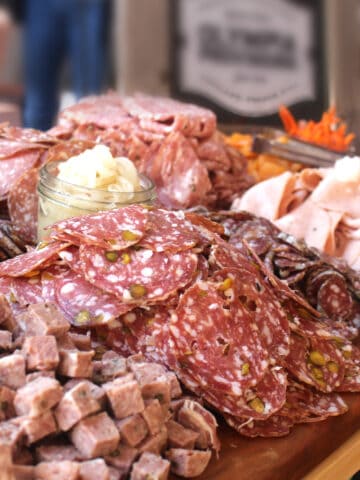
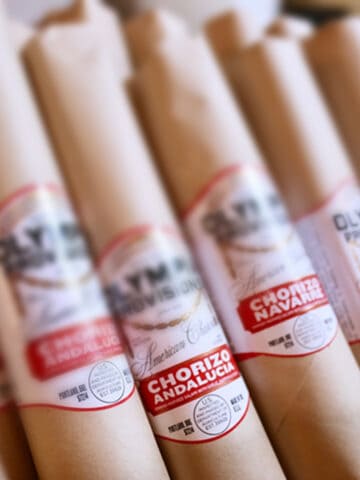
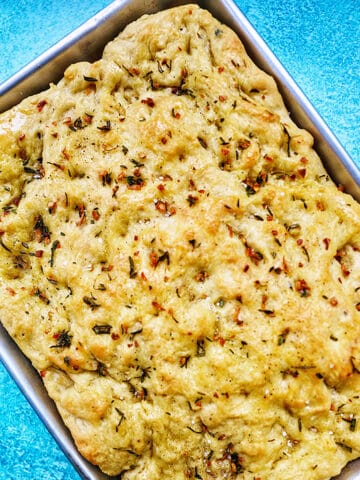
Leave a Reply